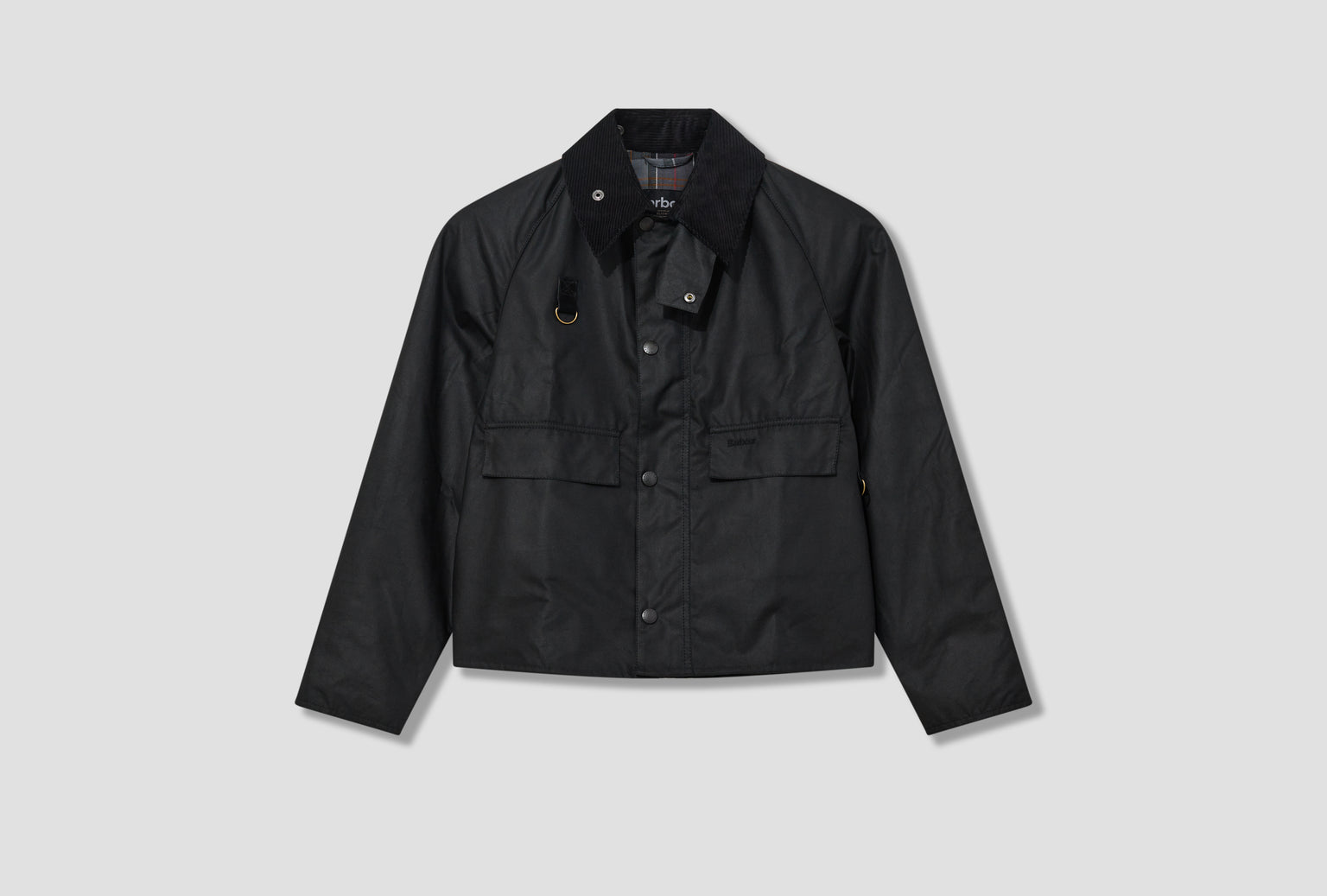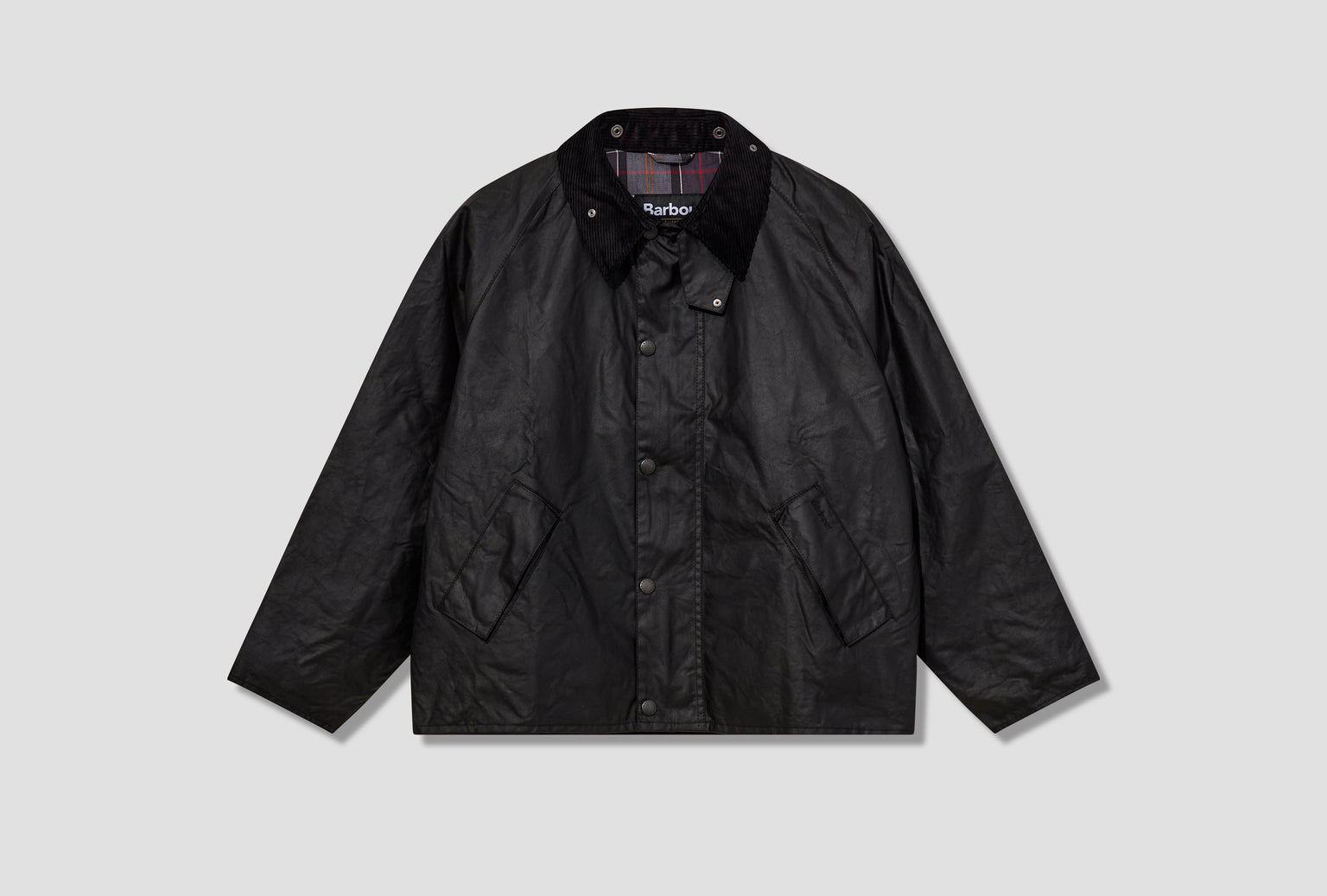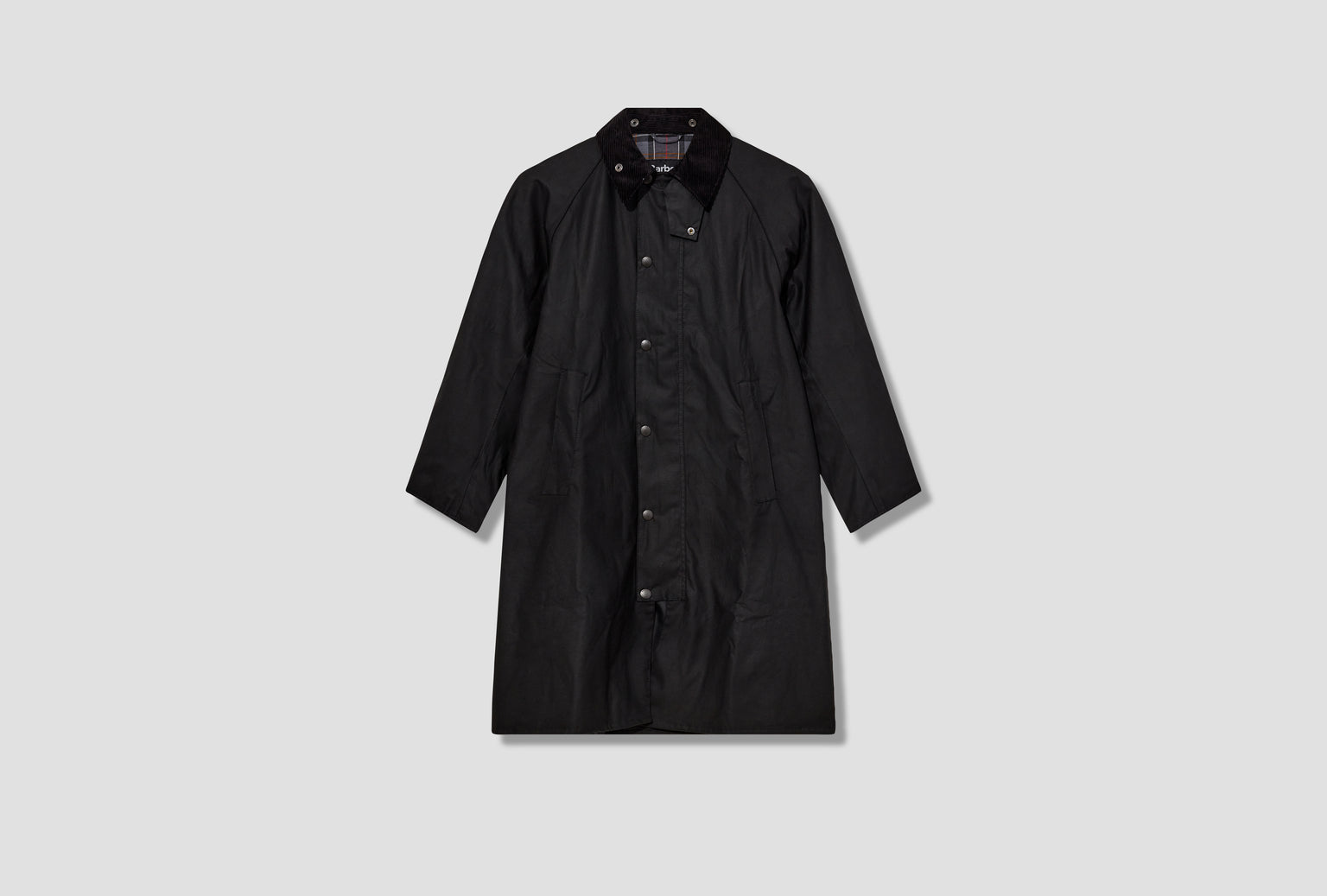Barbour
Barbour, a quintessentially British brand founded in 1894, is renowned for its durable and stylish outerwear, originally designed for outdoor pursuits and later embraced for its timeless appeal worldwide.
Flip to portraitmode
Barbour, a quintessentially British brand founded in 1894, is renowned for its durable and stylish outerwear, originally designed for outdoor pursuits and later embraced for its timeless appeal worldwide.

BARBOUR X KAPTAIN SUNSHINE - CRUISER CASUAL JACKET MCA1070 Light grey Barbour, Jacket
Available sizes

BARBOUR X KAPTAIN SUNSHINE - OVERSIZED BEDALE CASUAL FIELD COAT MCA1071 Light grey Barbour, Coat
Available sizes

HERITAGE SELECT - SPEY SLIM WAXED JACKET MWX1212 Black Barbour, Jacket
Available sizes

HERITAGE SELECT - BLOUSON TRANSPORT WAX JACKET MWX2497 Black Barbour, Jacket
Available sizes

HERITAGE SELECT - OVERSIZED TRANSPORT WAX JACKET MWX1678 Black Barbour, Jacket
Available sizes

HERITAGE SELECT - MODIFIED EXMOOR WAXED COAT MWX2344 Black Barbour, Coat
Available sizes

Barbour, the iconic British brand known for its waxed jackets and classic country style, has a rich history that dates back to 1894. Founded by John Barbour in South Shields, a port town in the northeast of England, the brand initially catered to the needs of local sailors, fishermen, and workers who required durable, weatherproof clothing to withstand the harsh conditions of the British coast.
John Barbour, originally from Scotland, saw an opportunity to provide high-quality outerwear that could protect against the elements. He began by importing oilcloth fabric and manufacturing robust, waterproof garments that quickly gained a reputation for their practicality and resilience. These early products laid the foundation for what would become Barbour’s signature item—the waxed cotton jacket.
In the early 20th century, Barbour's popularity grew beyond the maritime community, as the brand began supplying clothing to the British military during World War I. This period helped establish Barbour as a trusted name in outdoor wear, with its products becoming synonymous with reliability and endurance.
Barbour’s association with the British countryside truly flourished in the post-war years. The brand's waxed jackets, particularly the now-iconic Beaufort and Bedale models, became staples for farmers, hunters, and outdoor enthusiasts. These jackets were valued not only for their practicality but also for their timeless style, which effortlessly blended functionality with elegance.
The brand remained a family-owned business, with John Barbour’s descendants continuing to innovate while staying true to the company’s roots. In the 1930s, Barbour introduced the Thornproof dressing, a special wax formula that customers could use to reproof their jackets, further extending the lifespan of their outerwear—a hallmark of Barbour's commitment to durability and sustainability.
Barbour’s association with British heritage and the countryside was solidified in the 1980s when it received its first Royal Warrant from the Duke of Edinburgh. This prestigious recognition, followed by further Royal Warrants from the Queen and the Prince of Wales, underscored the brand’s status as a purveyor of high-quality, quintessentially British clothing.
As the decades passed, Barbour evolved to meet the changing needs of its customers. While the brand remained firmly rooted in its outdoor heritage, it expanded its product range to include lifestyle clothing, accessories, and collaborations with contemporary designers. Despite these modern developments, Barbour’s commitment to quality, craftsmanship, and the values of country living has never wavered.
Today, Barbour is recognized worldwide as a symbol of British tradition and style. Its waxed jackets remain iconic, cherished by everyone from country dwellers to city fashionistas, and its influence extends far beyond its origins in South Shields. Through its dedication to durability, timeless design, and the spirit of the outdoors, Barbour continues to be a beloved and enduring brand, embodying the essence of British heritage in every stitch.
CART
0 ITEMS